1/5




Tert Butylhydroquinone (TBHQ) CAS 1948-33-0
$0.00
- FOB Price:
- Negotiable | Get Latest Price
- Order Quantity:
- 1 Set / Sets
- Supply Ability:
- 1000 Set / Sets per Month
- Port:
- shanghai
- Payment Terms:
- T/T L/C D/P D/A Credit Card PayPal Cash Escrow Other
- Delivery Detail:
- 5 days
Hot in store
-

2 2-Dimorpholino Diethyl Ether CAS 6425
Inquiry -

P-Toluenesulfonyl Isocyanate (PTSI) CAS
Inquiry -

Acid Protease 9025-49-4 (Enzymes Prepara
Inquiry -

Phytase 37288-11-2 (Enzymes Preparation)
Inquiry -

2 6-Dimethyl Hydroquinone 2 6-Dimethyl
Inquiry -

Hydroquinone (HQ) CAS 123-31-9
Inquiry -

Toluhydroquinone (THQ) CAS 95-71-6
Inquiry -

Tert Butylhydroquinone (TBHQ) CAS 1948-3
Inquiry
Product Details
Product Name: Tert Butylhydroquinone (TBHQ) CAS 1948-33-0 Model NO.: CT3203 Colour: White Quality: Industrial Appearance: Powder Type: Quinones Butylhydroquinone: Butylhydroquinone Trademark: CT3203 Transport Package: in 25kgs Drum Specification: 99.0% Min Origin: China HS Code: 29 Product Description Tert Butylhydroquinone Basic informationProduct Name:Tert ButylhydroquinoneSynonyms:1-T-BUTYL-1,4-DIHYDROXYBENZENE;2-(1,1-Dimethylethyl)-1,4-benzenediol;2-tert-butylhydroquinone;2-TERT-BUTYL-1,4-BENZENEDIOL;2-TERT-BUTYL-1,4-DIHYDROXYBENZENE;2-T-BUTYLHYDROQUINONE;Butylhydroquinone;TERTIARY BUTYL HYDROQUINONECAS:1948-33-0MF:C10H14O2MW:166.22EINECS:217-752-2Mol File:1948-33-0.molTert Butylhydroquinone Chemical PropertiesMelting point127-129°C(lit.)Boiling point295 °Cdensity295Fp171 °CBRN637923Stability:Stable. Incompatible with strong bases, strong oxidizing agents.CAS Database Reference1948-33-0(CAS Database Reference)NIST Chemistry Reference1,4-Benzenediol, 2-(1,1-dimethylethyl)-(1948-33-0)EPA Substance Registry System1,4-Benzenediol, 2-(1,1-dimethylethyl)-(1948-33-0)Safety InformationHazard CodesXnRisk Statements22-36/37/38Safety Statements26-36-28ARIDADRUN3077WGK Germany3RTECSMX4375000HazardClass9PackingGroupIIIHS Code29072900Hazardous Substances Data1948-33-0(Hazardous Substances Data)Tert Butylhydroquinone Usage And SynthesisChemical Propertiestan powderGeneral DescriptionWhite to light tan crystalline powder or a fine beige powder. Very slight aromatic odor.Air & Water ReactionsInsoluble in water.Reactivity ProfilePhenols, such as tert-Butylhydroquinone, do not behave as organic alcohols, as one might guess from the presence of a hydroxyl (-OH) group in their structure. Instead, they react as weak organic acids. Phenols and cresols are much weaker as acids than common carboxylic acids (phenol has Ka = 1.3 x 10^[-10]). These materials are incompatible with strong reducing substances such as hydrides, nitrides, alkali metals, and sulfides. Flammable gas (H2) is often generated, and the heat of the reaction may ignite the gas. Heat is also generated by the acid-base reaction between phenols and bases. Such heating may initiate polymerization of the organic compound. Phenols are sulfonated very readily (for example, by concentrated sulfuric acid at room temperature). The reactions generate heat. Phenols are also nitrated very rapidly, even by dilute nitric acid. Nitrated phenols often explode when heated. Many of them form metal salts that tend toward detonation by rather mild shock. tert-Butylhydroquinone is incompatible with oxidizers.Fire Hazardtert-Butylhydroquinone is combustible.
Contact with Supplier
Recommend product
-
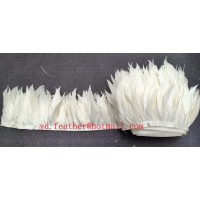
Stripped Soft Goose Fe
$3.00 -
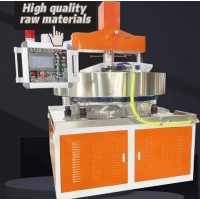
plastic ball grinding
$30000.00 -
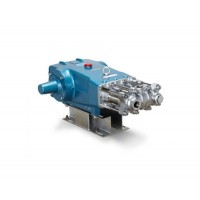
CAT piston pump 281
$4000.00 -
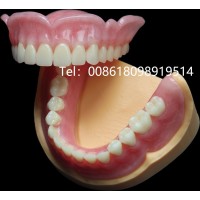
Droichead Zirconia Plu
$10.00 -
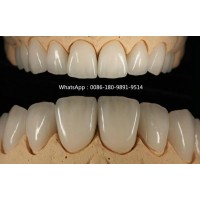
E.max crown, Veneer, I
Inquiry -
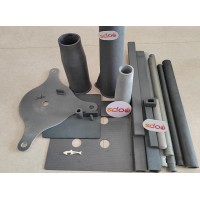
ReSiC Beams/plates/bur
$16.00 -
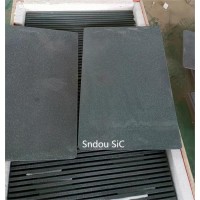
RSiC Slabs Boards Tile
$15.00 -

RSiC Batts as Kiln she
$15.00 -
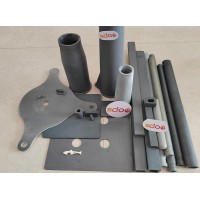
RSiC Tube by recrystal
$10.00 -
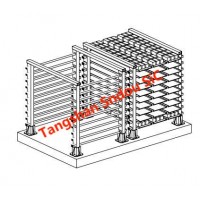
RSiC Kiln Furniture (B
$16.00 -
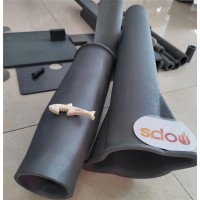
RSiC Burner Nozzle Fla
$18.00 -
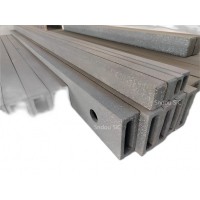
RSiC Beam Support Pill
$16.00 -
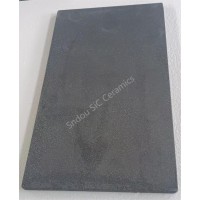
RSiC plate Slab Board
$15.00 -

NSiC Tube Pipes by Nit
Inquiry -
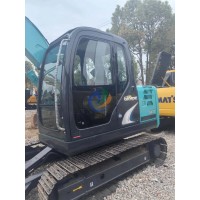
used excavator hudraul
$16600.00 -
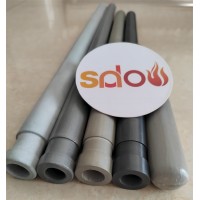
NSiC Thermocouple Prot
Inquiry -

Stalk Riser Tube for L
Inquiry -

NSiC Ceramic Heater Pr
Inquiry -

RSiC NSiC Ceramic Kiln
Inquiry -
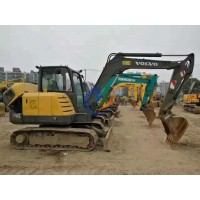
used excavator hudraul
$11500.00
Product parameters
closure
This shop is operated by agent
- Set up shop
- Authorized by Manufacturers & Suppliers online marketplace B2B platform GongWong.com, can provide agency service
- Service Introduction
- Authorized product, Internet cloud promotion service integrating certification promotion and procurement inquiry
- Intelligent website construction
- PC terminal + mobile terminal, create a cost-effective corporate website!
closure